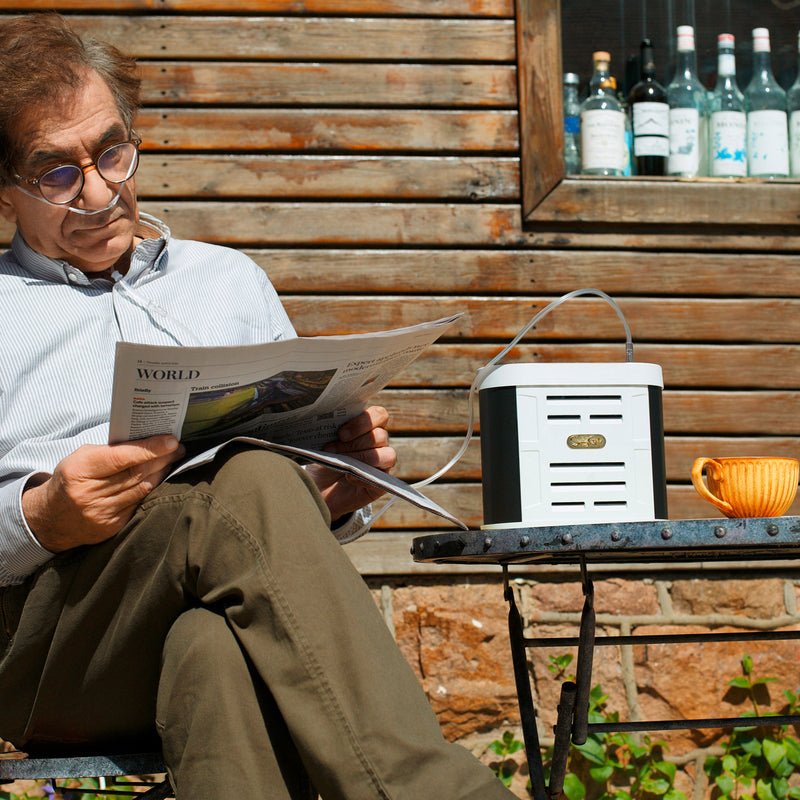Portable breathing support systems have revolutionized the way individuals with respiratory conditions manage their health. With the advancement of smart technology, these systems have become even more efficient and user-friendly. In this article, we will explore the role of smart technology in enhancing portable breathing support systems and the benefits it brings to users.
Enhanced Monitoring and Data Analysis
Smart technology has enabled portable breathing support systems to offer enhanced monitoring and data analysis capabilities. These systems can now track a wide range of parameters such as oxygen levels, breathing patterns, and even environmental factors. By continuously collecting and analyzing this data, users and healthcare providers can gain valuable insights into the user's respiratory health and make informed decisions regarding their treatment plans.
Improved User Interface and Accessibility
One of the key benefits of smart technology in portable breathing support systems is the improved user interface and accessibility. Modern devices are equipped with user-friendly interfaces that allow for seamless interaction and customization. Additionally, smart technology has enabled the development of mobile applications that provide users with real-time access to their respiratory data, allowing them to monitor their health on the go and share information with their healthcare providers.
Integration with Telemedicine
Smart technology has facilitated the integration of portable breathing support systems with telemedicine platforms. Users can now connect their devices to telemedicine applications, allowing them to remotely consult with healthcare professionals and receive personalized care from the comfort of their homes. This integration has proven to be especially beneficial for individuals living in remote areas or those with limited mobility.
Enhanced Safety and Emergency Response
Another significant impact of smart technology on portable breathing support systems is the enhanced safety and emergency response features. These systems are now equipped with advanced sensors and algorithms that can detect irregular breathing patterns or potential issues with the device itself. In the event of an emergency, smart technology can automatically alert caregivers or emergency services, providing users with an added layer of security and peace of mind.
Examining the role of smart technology in enhancing portable breathing support systems has revealed the numerous benefits it brings to users. From improved monitoring and data analysis to enhanced safety features, smart technology has truly transformed the landscape of respiratory care. As technology continues to advance, we can expect even more innovative solutions that will further improve the lives of individuals relying on portable breathing support systems.
